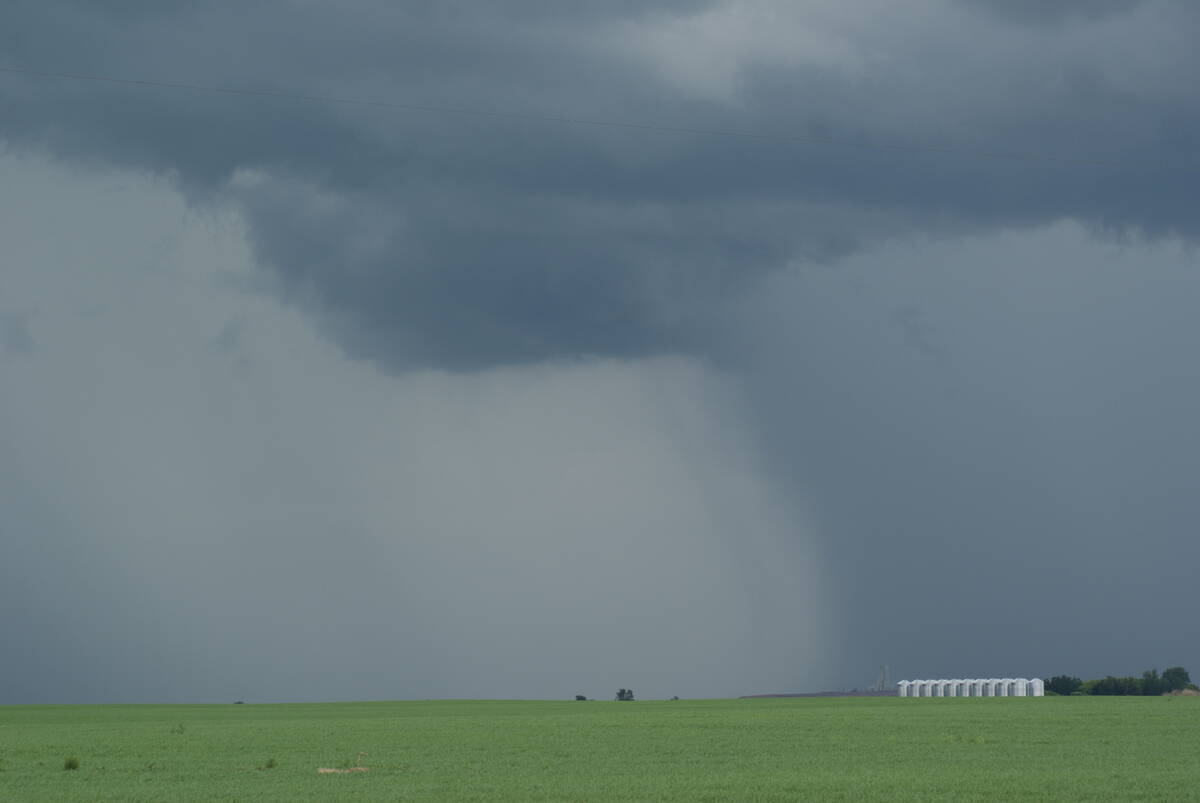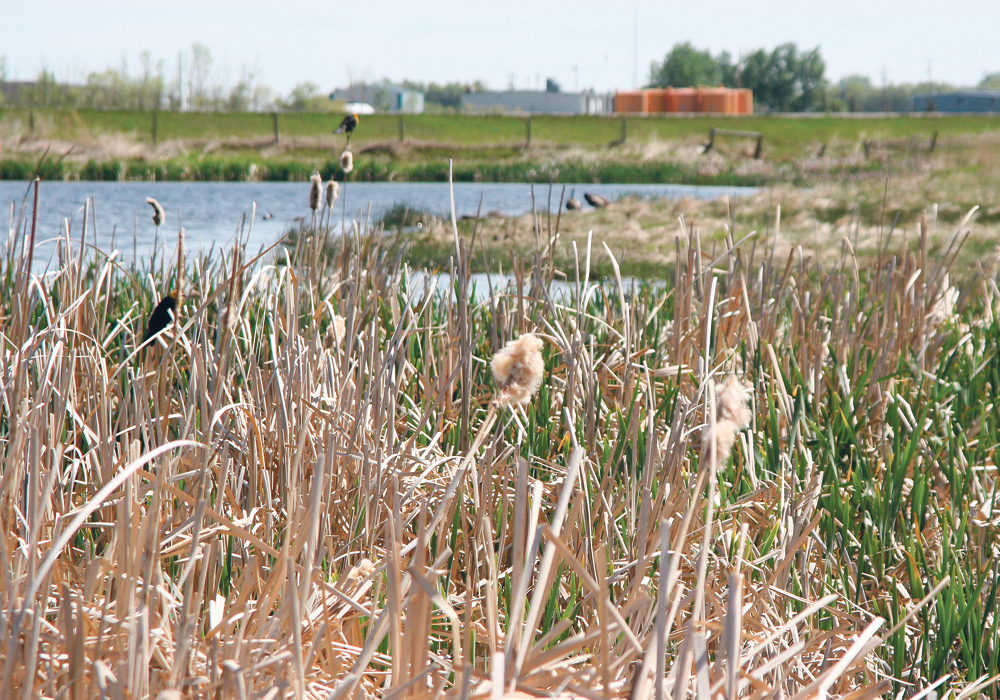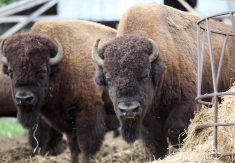World Wetlands Day was recognized earlier this winter, celebrating the signing of the Ramsar Convention in Iran in 1971, to recognize the importance of wetlands to society.
So what’s the big deal about wetlands?
To start, we know that wetlands are considered to be a vital part of the Manitoba prairie landscape. There are many different shapes and sizes of depressions on the land, some that might hold water all the time and others that might dry up throughout the year. They are often referenced by the conservation community as nature’s kidneys.
Read Also

Canadian farmers need new tools to support on-farm innovation
Farmers need a risk management buffer that actually works and investment that drives advancements forward if Canada is to build resilience.
Wetlands act as a filter for phosphorus and other sediments and pollutants that might otherwise enter our waterways and lakes. Wetlands mitigate flooding by capturing runoff from spring snowmelt or large rains; they are aquifer and groundwater recharge sources. In the world of carbon storage and sequestration, wetlands are efficient and do a very good job.
In Manitoba, they are also vital to the existence of many wildlife species like amphibians, waterfowl and large ungulates, such as moose and white-tailed deer.
The Manitoba Habitat Heritage Corp. (MHHC) has been working on the agricultural landscape in Manitoba since 1986. MHHC has partnered with landowners in rural Manitoba on more than 850 wetland-related projects and in doing so we’ve managed to conserve, restore, and enhance 89,000 wetland acres.
It is because of the landowners on the agricultural landscape that MHHC has these numbers on wetland projects to share. Landowners need to celebrate their contributions.
We should all recognize that the backbone of the Prairies, particularly in Manitoba, is an agricultural landscape. As I myself grew up on a family farm in the prairie pothole region, I was immersed in agriculture as a kid and chose a career in conservation. From my experience, I believe that we need to maintain the balance of a prosperous, vibrant agricultural community with a healthy landscape.
To the landowners in the agricultural landscape who contribute to wetland conservation in Manitoba, congratulations and thank you on behalf of MHHC for being good stewards of the land while practicing wetland conservation.
Curtis Hullick is field manager with the Manitoba Habitat Heritage Corp.















